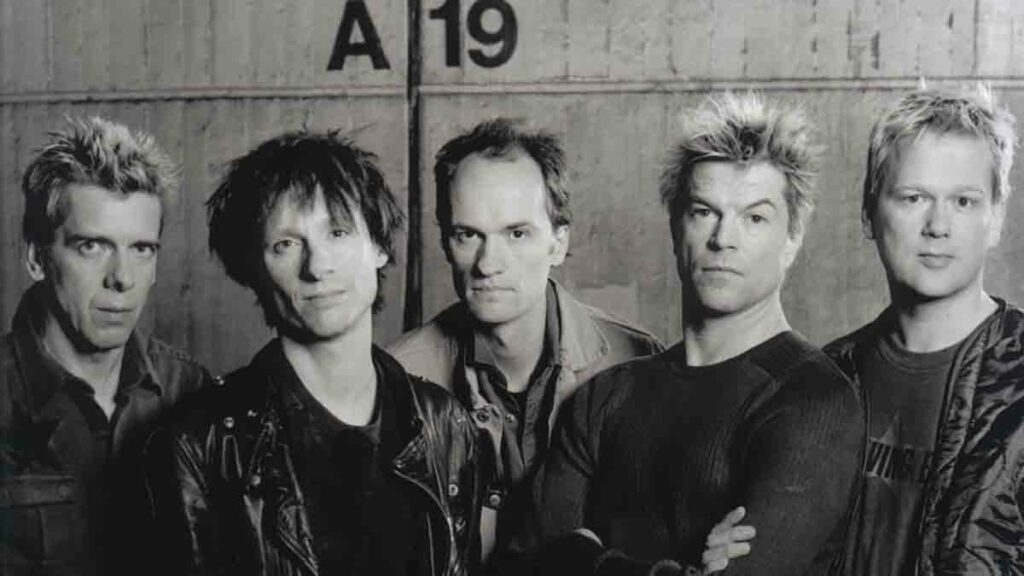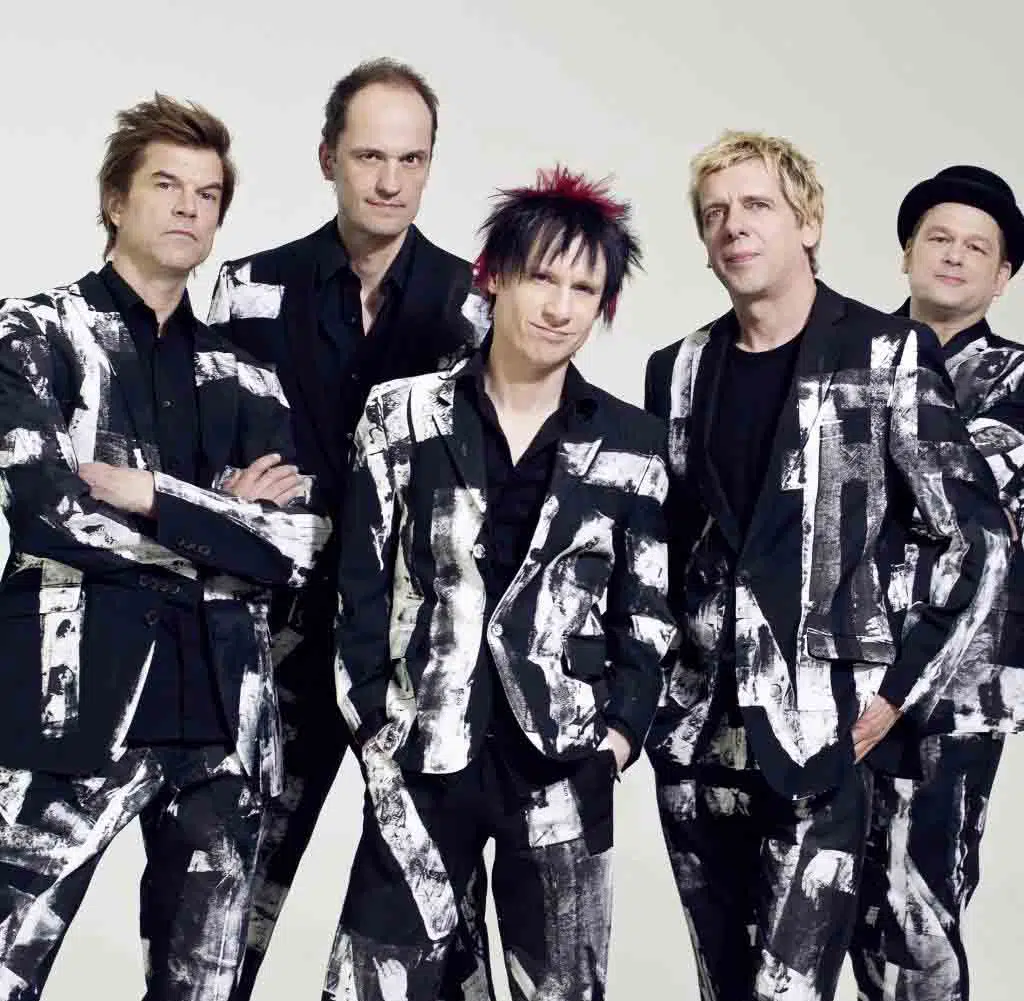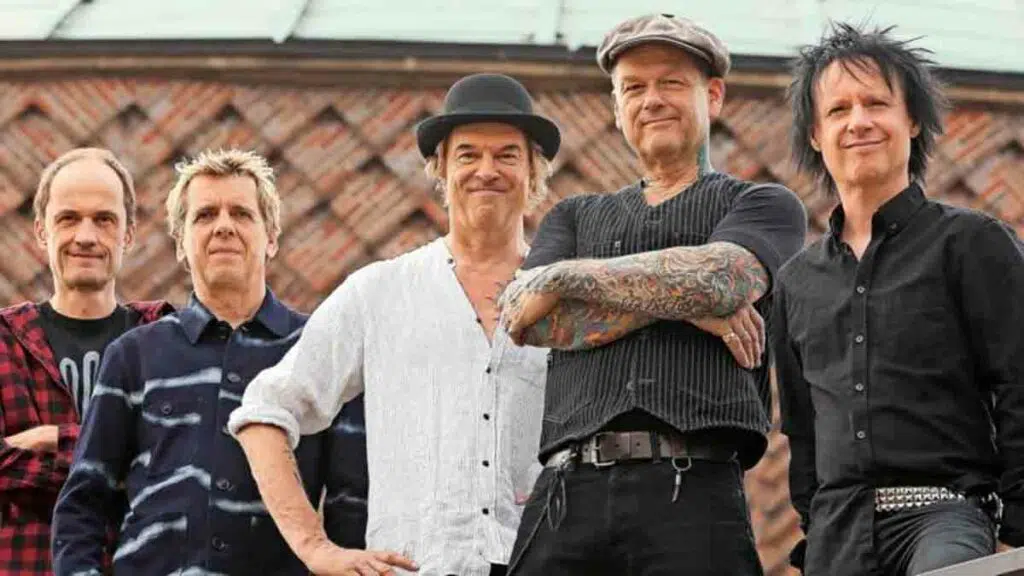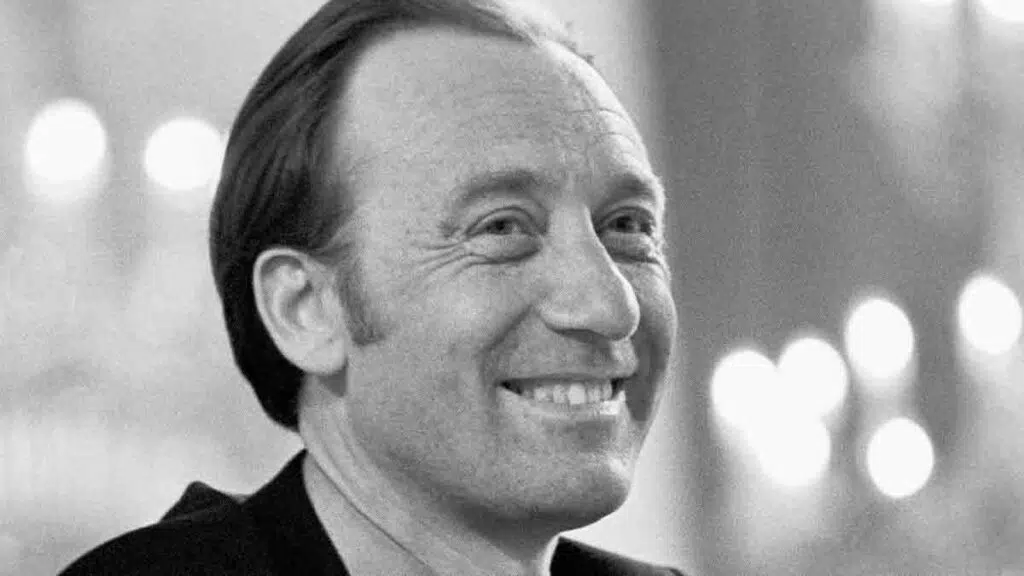The musical group from Düsseldorf "Die Toten Hosen" originated from the punk movement. Their work is mainly punk rock in German. But, nevertheless, they have millions of fans far beyond the borders of Germany. Over the years of creativity, the group has sold more than 20 million records throughout the country. This is the main indicator of its popularity. Die Toten Hosen consist of five people. The musicians play in a quasi-classical line-up with drums, electric bass, two electric guitars and a frontman. Andreas von Holst is credited as the band's musical director. Lyrics are mainly written by lead singer Campino. Experts classify the band as a rock band, not a punk band. But Toten Hosen themselves still consider themselves punks in terms of their lifestyle.
How did Die Toten Hosen come about?
The team was founded in 1982. Six musicians decided to create a musical group that was not supposed to be a dull format. Rather, on the contrary, their songs should shock and be remembered. This is how Die Toten Hosen was born. The name is translated into Russian as "dead pants". Initially, the group consisted of: Campino (Andreas Frege) - lead singer and songwriter, Andreas Möhrer (electric bass), Andreas von Holst (electric guitarist), Trini Trimp, Michael Breitkopf (electric guitar) and Walter Noyabl. Only Briton Vom Ritchie is not one of the founders of this group.
He has been a member of Toten Hosen since 1998. Previous drummers included Walter Hartung (until 1983), Trini Trimpop (until 1985) and the recently deceased Wolfgang Rohde, who played drums from 1986 to 1999. The first concert took place at the Bremen Festival in 1982. In the same year, the debut single "We are ready" was released. Walter Noyabl, guitarist, left the band in 1983 to join the Jehovah's Witnesses. This was followed by the single "Eisgekühlter Bommerlunder". Since it was played frequently on the radio, the band immediately attracted attention.
Texts and clips
In the spring of 1983, the musicians filmed their first music video under the direction of Wolfgang Büld. But the work turned out to be scandalous. Many music channels refused to broadcast it at all. And the thing is that the musicians touched on the topic of religion and violence. Regarding the text, the artists here were far from censorship. The plot played out in a small Bavarian church.

Kurt Raab played a Catholic clergyman devoted to alcohol. Marianne Segebrecht played the bride. The content is an absolutely chaotic wedding ceremony in a church with a tragic and immoral ending. After that, the inhabitants of the village where the filming took place re-consecrated the church. And many religious and public organizations came up with a proposal to ban the group's activities in the country.
For more extravagant productions, Toten Hosen often perform alongside classical musicians. They are known for having covered many works by other performers in their arrangement. However, for the most part, this happens at concerts. A clear exception to this rule are the two albums "Learning English" 1 and 2. Here Toten Hosen interpret their favorite works of other artists, mostly punk bands. This is then done in collaboration with the original songwriters.
What festivals do Toten Hosen play at?
Since their formation into one of the largest German bands, Die Toten Hosen have been represented for a long time at almost all major festivals in Germany. In addition, the group constantly tours. The artists of Toten Hosen clearly see themselves as a live band. Again and again her tours of Germany, Austria and Switzerland are sold out, even in the big halls.
Particularly in Argentina, Dead Pants has also gained an extensive fan base, so concerts in Buenos Aires are always well received. Toten Hosen were also active in many other European countries. A special feature of the group are the so-called "concerts in the living room". The guys actually perform in fan lounges or very small clubs. The smallest concert took place in a student apartment in Pirmasens. However, Toten Hosen drew their largest audience in 1992 in front of over 200 fans at the Bonn Hofgarten as part of a concert against hatred of foreigners.
In 2002 "Toten Hosen" gave 70 concerts in Austria, Switzerland and Germany. The halls were sold out. But that was not enough: they took part in the Himos festival in Finland and Poland. In Budapest they participated in the Sziget festival, as well as in Przystanek Woodstock in Poland. Then they gave two more concerts in Buenos Aires. In 2019 Toten Hosen participated in four festivals: Greenfield, Interlaken in Switzerland; Nova Rock, Nickelsdorf in Austria; Hurricane Shessel in Germany; Southside Festival, Neuhaus op Eck in Germany.
Social activity of the group Die Toten Hosen
The group has long been politically active against racism and discrimination. Again and again they express their position in concerts, as well as outside of creativity. This includes participation in the G8 summit in 2007. Most recently, they were part of a concert in Chemnitz at the end of 2018 under the motto "We are more". This happened after foreigners were persecuted in this city.
Toten Hosen are also known for their sports participation in Düsseldorf's hometown clubs. They once funded a new striker for a local football club. Later, Fortuna players appeared with the band's logo (skull). They also provided significant financial support to the DEG hockey club in Düsseldorf.
Musical creativity
Musically, apart from a few excursions into other genres, the band to this day mostly sticks to relatively simple rock or, according to fans, punk. This simplicity is manifested in the absence of pronounced solos on individual instruments.

"Opel-Gang" was the first album released in 1983. At the end of the same year, the single Bommerlunder was released as a hip-hop version with the beautiful but hard-to-remember name "Hip Hop Bommi Bop".
In 1984, the second album "Under the False Flag" was released. The original cover had an image of a dog skeleton sitting in front of a gramophone. It was conceived as a caricature of the real landmark EMI's Voice of His Master. EMI was able to get the cover changed in court.
The group's third album, Damenwahl, was released in 1986. But the first commercial success of the group can be attributed to the disc "A little bit of horror show", released in 1988. This was followed by a successful tour in 1989 and a performance in New York in 1990 at the New Music Seminar. The album "Learning English" was released in 1991. In 1992 the band went on tour again under the name "Menschen, Tiere, Sensationen". They played in Germany as well as Denmark, Switzerland, Austria, France, Argentina and Spain. In 1994 they released an international version of the album called "Love, Peace & Money". In 1995, Toten Hosen formed their own label, JKP, to take on commercial responsibility in the future.
Subsequent albums
The band received platinum for "Opium fürs Volk". The single from the album "Ten Little Jägermeister" stormed the German charts and took first place.
In 2008, the band went on tour with their new album "In Aller Stille" and performed at the Rock am Ring and Rock im Park festivals. The tour and album released in 2009 bore the motto "Machmalauter".

The album "Ballast der Republik", released in May 2012, was available as a single or D-CD. Both were released for the band's 30th anniversary and reached the top of the charts in all German-speaking countries. This was followed by the most successful "Krach der Rebuplik" tour to date, through the largest halls in Europe. In 2013 the band was awarded the "Deutsche Radio Prize" in Hamburg.



